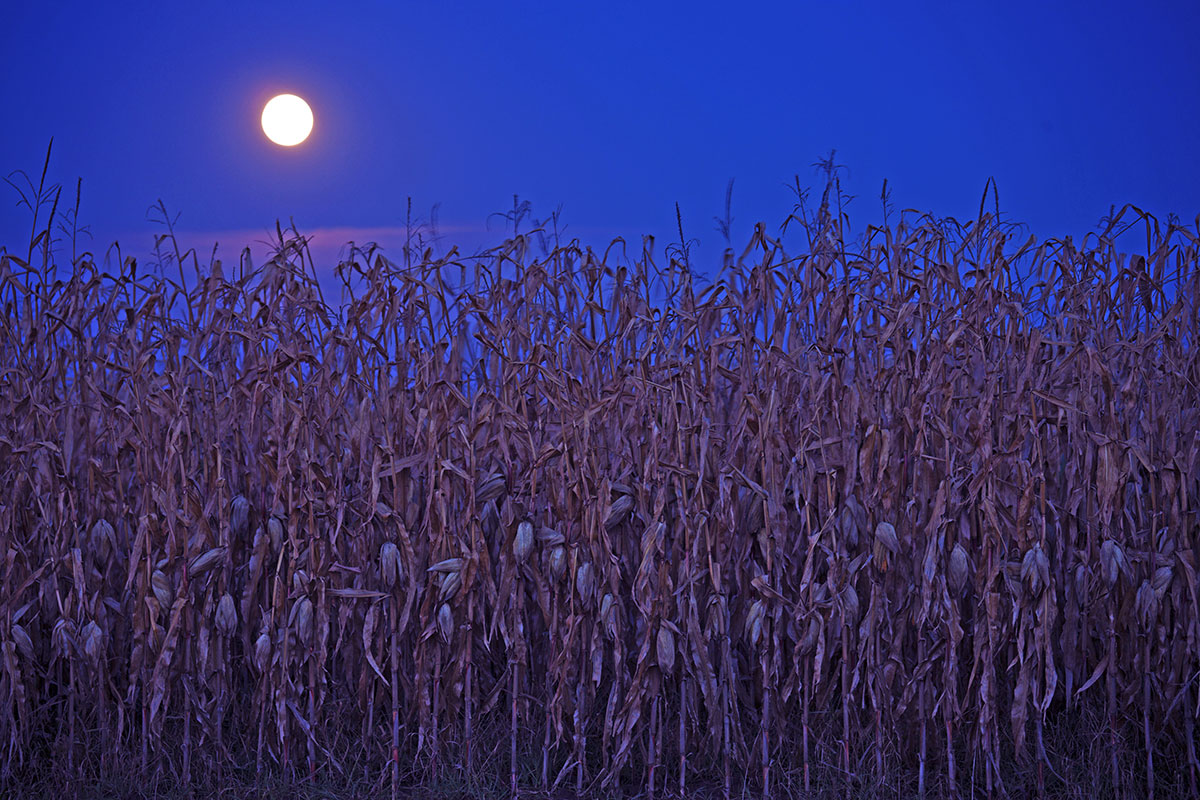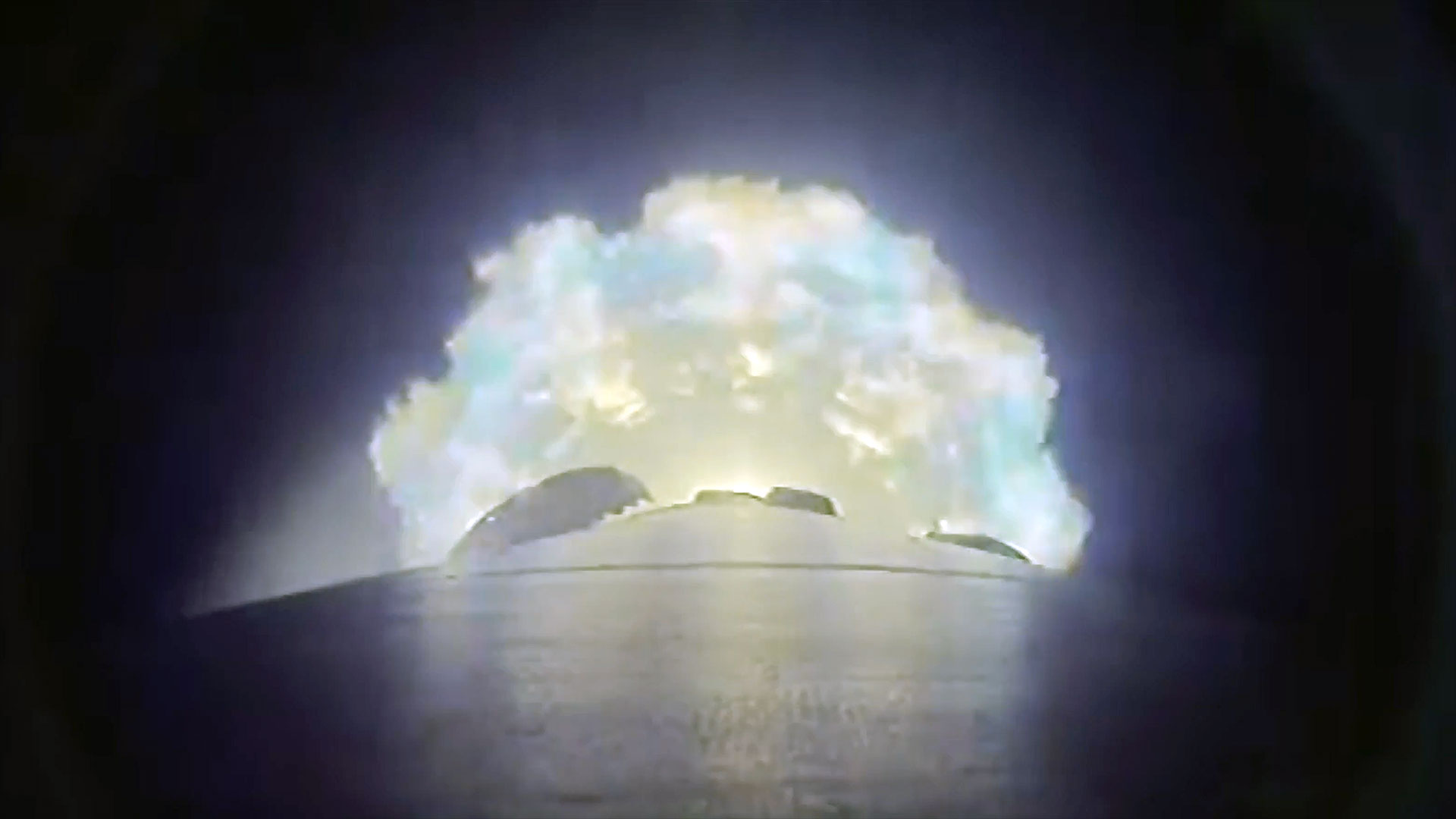September's Full Corn Moon Rises Tonight!

Look up tonight (Sept. 6) to see the Full Corn Moon glowing in the sky. If you have binoculars or a telescope, you can also see the planet Neptune glowing faintly nearby.
The moon reached its fullest phase early this morning, at 3:02 a.m. EDT (0702 GMT), but it will still appear full to casual observers this evening. Look for it in the southern sky in the constellation of Aquarius, the Water Bearer.
Usually, the full moon in September is known as the Harvest Moon, but this year that name is reserved for October's full moon. That's because the Harvest Moon is the full moon that falls closest to the autumnal equinox, which occurs on Sept. 22 this year.
Now is also the best time of year to look for Neptune, which reached opposition last night (Sept. 5). This means that Neptune was directly opposite the sun in the sky, a point in the planet's orbit at which the most sunlight is reflected off its surface toward skywatchers on Earth, making it appear brighter than usual. [Best Night Sky Events of September 2017 (Stargazing Maps)]
Even at its brightest, Neptune is just barely too dim to see with the naked eye. Binoculars or telescopes are needed to spot the distant planet in the sky, even for the most keen-eyed observers in the darkest parts of the globe.
Though Neptune may be difficult to see, you can use the moon and Delta Aquarii, the third-brightest star in Aquarius, as reference points to spot the faint planet in the sky. Neptune will rise in the southeastern sky slightly to the left of Delta Aquarii, which is located to the right of the moon.
Breaking space news, the latest updates on rocket launches, skywatching events and more!
To find out exactly when and where you can spot Neptune and the moon from your location, use this moon calculator and this visible-planets chart at timeanddate.com.
Editor's Note: If you capture an amazing photo of the Full Corn Moon and want to share it with Space.com for a story or gallery, please send images and comments to spacephotos@space.com.
Email Hanneke Weitering at hweitering@space.com or follow her @hannekescience. Follow us @Spacedotcom, Facebook and Google+. Original article on Space.com.

Hanneke Weitering is a multimedia journalist in the Pacific Northwest reporting on the future of aviation at FutureFlight.aero and Aviation International News and was previously the Editor for Spaceflight and Astronomy news here at Space.com. As an editor with over 10 years of experience in science journalism she has previously written for Scholastic Classroom Magazines, MedPage Today and The Joint Institute for Computational Sciences at Oak Ridge National Laboratory. After studying physics at the University of Tennessee in her hometown of Knoxville, she earned her graduate degree in Science, Health and Environmental Reporting (SHERP) from New York University. Hanneke joined the Space.com team in 2016 as a staff writer and producer, covering topics including spaceflight and astronomy. She currently lives in Seattle, home of the Space Needle, with her cat and two snakes. In her spare time, Hanneke enjoys exploring the Rocky Mountains, basking in nature and looking for dark skies to gaze at the cosmos.

